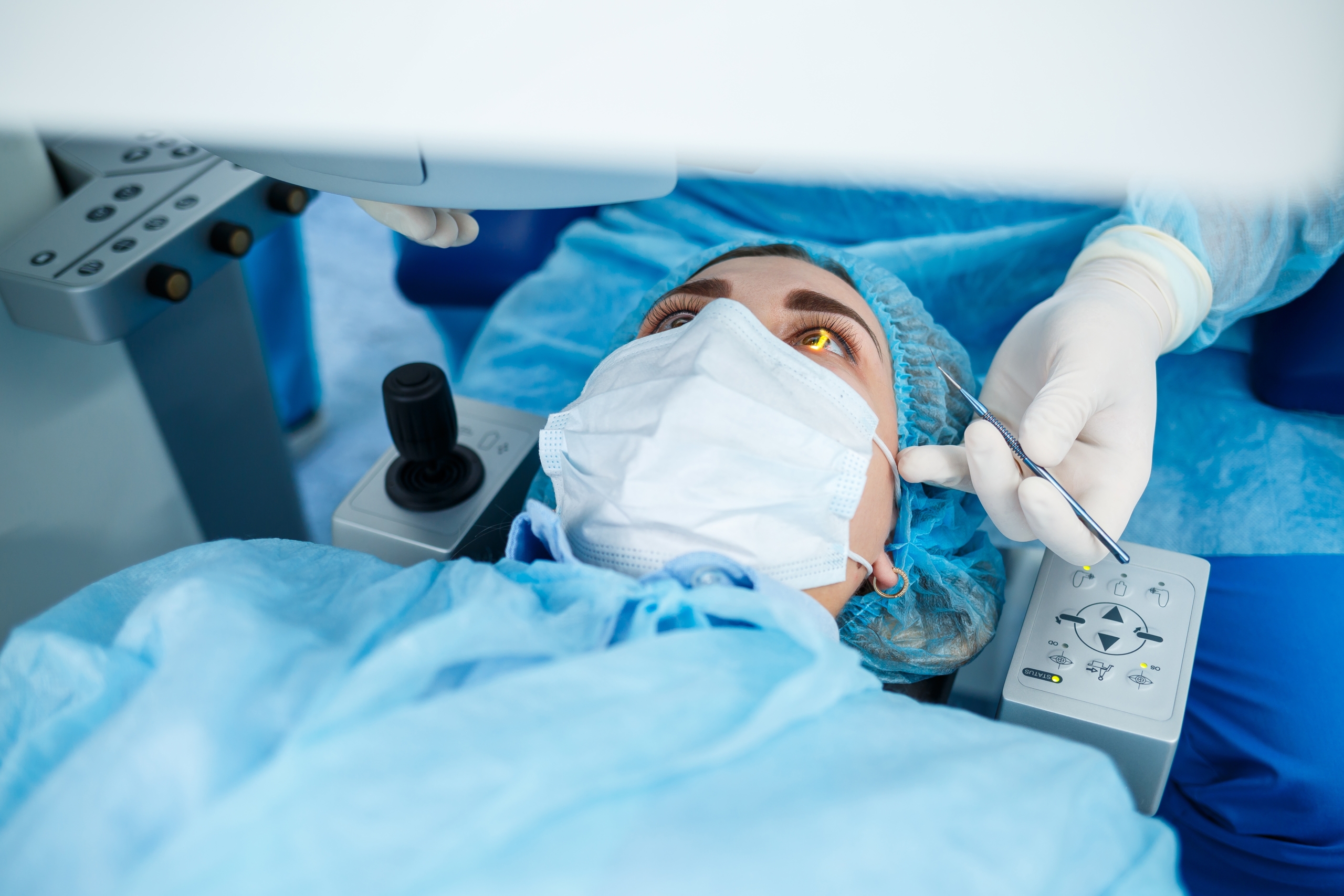
10 Things You Should Know About LASIK:
1. Vision Improvement: LASIK is a highly effective procedure that can significantly improve vision, allowing you to reduce or eliminate their dependence on glasses or contact lenses.
2. Possible Side Effects: While LASIK is generally safe, you may experience temporary side effects such as dry eyes, halos or glare, fluctuating vision, but serious complications can occur. It is important for you to follow the post-operative instructions.
3. Quick Recovery: Most LASIK patients experience a relatively quick recovery. Many people notice improved vision within a few hours after the procedure, and the majority can resume normal activities within a day or two.
4. Pre-existing Eye Conditions: LASIK may not be suitable for you. Patients with certain pre-existing eye conditions, such as cataracts, glaucoma, or severe dry eyes, may not be good candidates for LASIK.
5. Long-Term Results: LASIK generally provides long-lasting vision correction. While individual results may vary, many patients maintain their improved vision for years or even decades after the procedure.
6. Enhanced Night Vision: While LASIK can improve vision during the day, you may experience difficulties with night vision, such as halos or glare around lights.
7. Convenience: One of the primary benefits of LASIK is the convenience it offers. You may no longer need to worry about carrying or maintaining glasses or dealing with the hassle of putting in and removing contact lenses.
8. Possible Need for Enhancements: In some cases, you may require additional procedures or enhancements to achieve the desired level of vision correction. This can happen if the initial LASIK procedure doesn’t fully correct the vision or if changes occur over time.
9. Dry Eye Syndrome: Dry eyes are a common side effect of LASIK. You may experience dryness, itching, or a foreign body sensation in their eyes after the procedure. These symptoms can be managed with artificial tears or other treatments.
10. Corneal Flap Risks: LASIK involves creating a corneal flap to access the underlying tissue. While this flap is usually secure and heals well, there is a small risk of complications, such as flap dislocation, infection, or wrinkling. These risks are low but should be considered.
It is crucial to understand the 10 key aspects of LASIK. Equally important is consulting with an experienced eye care professional to evaluate your eligibility for the procedure, discuss potential risks or concerns, and make an informed decision. It’s possible that another procedure may be more suitable for you, or you may decide to stick with contacts and glasses.

